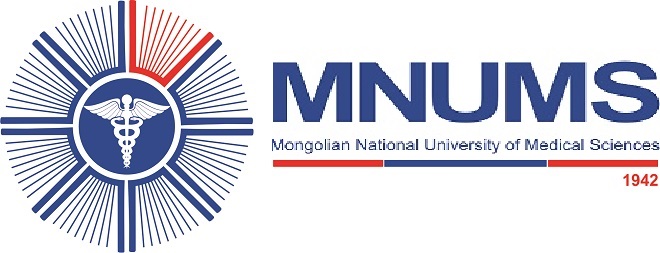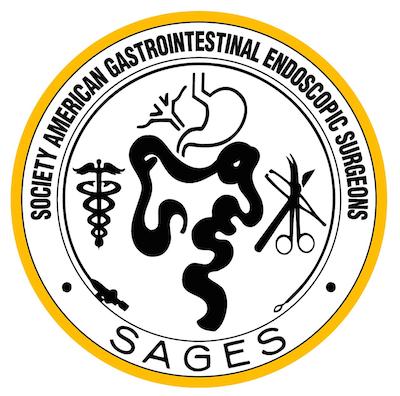
General Surgery
How a Great "Global Surgery" Partnership Began

Her final slide contained the most compelling plea: “Introduction and further development of laparoscopic surgery in Mongolian Surgical practice is demanded!”
Dr. Segerlen, successful pioneer of surgical scale up in Mongolia
The University of Utah has collaborated for over 15 years with private foundations and academic societies (Dr. WC Swanson Foundation, Society of American Gastrointestinal and Endoscopic Surgeons) along with representatives of the Mongolian government, academy and private health service delivery providers to support improving the quality of care provided to the general population of Mongolia. Dr. Raymond Price (General Surgery), under the direction and request of Dr. Sergelen (Chief of Surgery at the National Mongolian University of Medical Sciences) has been leading UofU faculty and residents to build technical local capacity and expanding access and options to health services, through increasing access to training in laparscopic technique in Mongolia. University of Utah faculty and residents have made critical contributions to the study of the outcomes of this intervention, as well as in sharing these outcomes in global academic forums. Today surgical services of this kind are offered in most parts of Mongolia, by a group of professionals with world-class surgical skills.
Yet it was only recently that the benefits of laparoscopic technique were available to this land-locked low-middle-income country (LMIC). Benefits such as less pain, rapid recovery and return to work, decreased hospitalization, and minimal scarring, continue to elude the very people for whom such benefits are most critical in many developing countries. With its citizens living a hard life, not able to afford to be out of work for long periods of time, Dr. Segerlen said, Mongolia could not afford the time and cost of increased wound complications coupled with frequent dressing changes.
But the ethical constructs of high-income country experts reverberated with deep, problematic questions. Would the introduction of a new and more expensive technology produce an additional strain on an already-tenuous medical system? How could laparoscopy be financially sustainable in this environment? How could adequate equipment be purchased and maintained? Would laparoscopy be safe in a country with an intermittent electrical supply? Would only the wealthy be able to access the benefits of laparoscopy, further widening the surgical care gap between the wealthy and the poor? Once trained in more modern surgical techniques, would surgeons flee to other countries in search of better employment opportunities? And would initiating short-term two week trainings lead to increased intraoperative and postoperative complications? Did the surgical workforce have the sufficient knowledge and resources to not only safely perform minimally invasive surgery but also deal with the complications that could arise?
The experience that settled the indeterminacies of some of these questions for visiting surgical staff was was the expansion of laparoscopic training in Erdenet, a Regional Diagostic and Treatment Referral Center (RDTC), one of five RDTCs serving the entire country.
What unfolded was was a public health approach to treating gall-bladder disease with minimally invasive surgery for the entire country of Mongolia while at the same time improving basic surgical and medical care. The introduction of laparoscopic technique created a point of interface for Mongolian and University of Utah Surgeons to address the whole medical system.
The successful Erdnet experience led to implementation of the same model in all four Mongolian provinces. Mongolian surgical leaders now lead their own laparoscopic training treams, training additional surgeons and nurses at sites around the country as hospitals begin to acquire their own equipment in a recently improving economy. Now, a country-wide network of facilities with increasing capabilities has concentrated resources regionally, which has helped to expand and utilize limited resources that can now be accessed by the entire Mongolian community. Many hospitals report that over 80% of gallbladders are removed laporscopically, with very low morbidity and almost no mortality. The results in rural areas that have benefited from the rapid adoption of advanced surgical method are as good as in the capital city, where laparoscopy has been practiced for decades. Patients not only request but also are demanding the minimally invasive approach.
As a result of efforts sustained by Drs. Price & Sergelen, the Lancet Commission has recommended Mongolia as an achievable model for surgical “scale up”, for 200 nations to follow.
In an emerging global health movement searching to anchor its problem solving confidence in real-world examples, this important recommendation points to several key, replicable components for engaging and expanding surgical infrastructure within a public health frame and timeline that the imagination can lay hold of in untested waters.
The future direction of this work develop a laparoscopic training center so that Mongolian surgeons can project their capabilities more broadly in the region, as well as to continue the expansion ATLS training and health systems strengthening in Mongolia.
Click here more information on the Division of General Surgery within the Department of Surgery at the University of Utah. Photos courtesy of Raymond Price, MD.
Story adapted with permission from "Operation Health". ed. Adam, Kushner MD, 2015. Chapter 9, "Minimally Invasive Surgery", authors Raymond Price MD, Orgoi Sergelen, MD, PhD.



